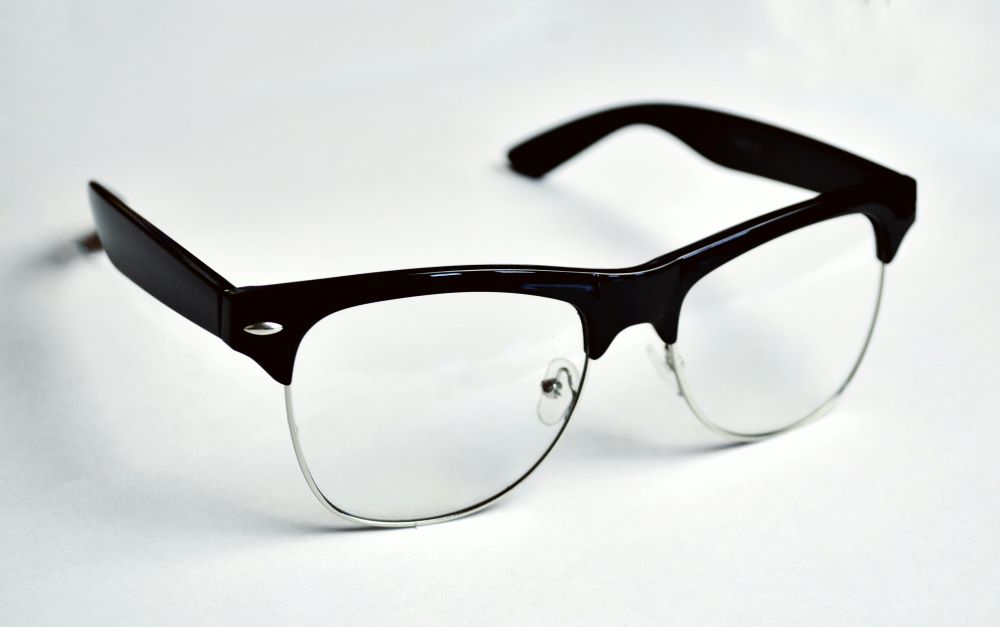As myopia continues to plague youth and young adults, experts suggest upping one’s time in nature.
Studies have shown that spending more time doing outdoor activities is associated with lower rates of myopia among children. Myopia, more commonly referred to as “nearsightedness,” is a condition that is especially common in children and young adults, leaving many individuals with no choice but to wear eyeglasses or contacts to see properly.
A large part of the world suffers from nearsightedness. In fact, currently, it’s estimated that nearly 42 percent of people in the U.S. suffer from myopia, while up to 90 percent of people in some East Asian countries are myopic by the time they’re young adults.
While genetics can play a role in becoming nearsighted, research has repeatedly revealed environmental factors are also commonly at play. For example, children and young adults who live in urban areas have a higher chance of developing the condition because they tend to spend more time indoors playing on electronics. By the same token, those who reside in rural areas, tending to spend more time outside and away from screens, are less likely to suffer from myopia.
Dr. Noha Ekdawi, a pediatric ophthalmologist in Wheaton, Illinois, added that spending time in the fresh air is one of the easiest ways to protect one’s vision, saying, “We think that outdoor time is the best form of prevention for nearsightedness.”

Being outdoors prevents vision loss in many ways. Some of the most prominent reasons it wards off problematic eye health include:
Reducing intense focus. In many careers, as well as in day-to-day life tasks, people are forced to use their near vision extensively. Examples include reading, studying, working on household projects, or engaging in screen time, which can all cause the eyes to strain, leading to myopia over time. Outdoor activities provide an opportunity for the eyes to recover from this.
Enhancing use of peripheral vision. People naturally engage their peripheral vision as their surroundings are typically more expansive than they would be in a confined space. Engaging one’s peripheral vision encourages the eyes to work together to retain proper alignment.
Physical activity participation. Many physical outdoor activities require vigorous movement, which has been found to improve blood flow to the eyes and optimize eye health. Moreover, these activities reduce obesity, a known risk factor for nearsightedness.
Mental health benefits. Spending time in nature has been shown to have a positive impact on a person’s psychological well-being, which researchers believe contributes to improving overall eye health.
More opportunities to collaborate with others. Being outdoors also allows for more interaction with others due to the expansiveness of the space, which means the eyes are darting in every direction, allowing them to operate at their best.
Of course, in addition to spending time outdoors, individuals should get regular eye exams to track whether their vision is declining. Experts recommend receiving at least one exam annually.
There are treatments that can slow the progression of vision loss like myopia, including prescription-strength eye drops and certain contact lenses. An eye doctor can offer the most appropriate options based on a person’s individual needs.
Sources:
Want to protect your kids’ eyes from myopia? Get them to play outside
Cleveland Clinic: Myopia (Nearsightedness)
Outdoor time is good for your kids’ eyesight. It protects against myopia


Join the conversation!